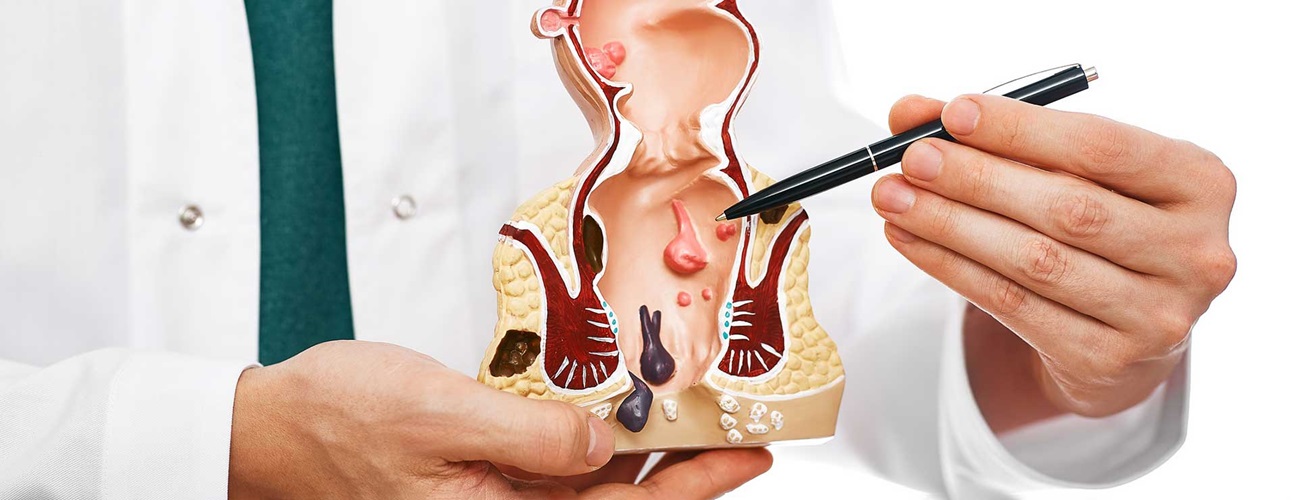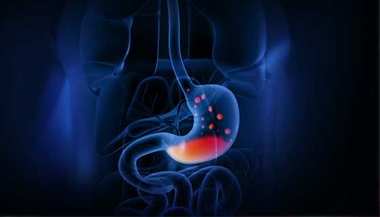Anoscopy and High-Resolution Anoscopy
Anoscopy and high-resolution anoscopy (HRA) are diagnostic procedures that can help evaluate a variety of anal conditions, including anal dysplasia (abnormal growth of cells in the anal canal) and anal cancer. Earlier detection of these conditions can make them easier to treat.
What You Need to Know
- Anoscopy usually does not require special preparations, such as the full bowel prep needed for a colonoscopy.
- To perform an anoscopy, the doctor inserts a small tube into the anus and shines a light through it to examine the anal canal and rectum.
- If the doctor suspects abnormal cells or anal cancer, he or she may perform high-resolution anoscopy, which uses a magnifying device to examine the cells up close.
- During anoscopy, your doctor may perform a biopsy by taking a small sample of tissue for further analysis in a lab.
- You may feel slight discomfort after the procedure. Minor bleeding and longer discomfort is normal if you had a biopsy along with anoscopy.
What is anoscopy?
Anoscopy is an examination of the anal canal and rectum with an anoscope to help diagnose anal and rectal conditions. An anoscope is a small-diameter plastic or metal hollow tube (slightly wider than a finger) with an insert called an obturator. The device is about 5 inches long.
After inserting the anoscope into the anal canal, the doctor removes the obturator insert and is able to see inside the rectum. By shining a light through the tube, the doctor can get a look at the lining of the anal canal and lower rectum.
Anoscopy vs. Colonoscopy
Unlike colonoscopy, anoscopy is used to look only at the anal canal and lower rectum. Colonoscopy examines the entire colon and also uses a different instrument — a flexible tube with a camera. Anoscopy is typically a shorter and less invasive procedure than colonoscopy, and doesn’t require general anesthesia.
What is high-resolution anoscopy?
High-resolution anoscopy is anoscopy with magnification. In addition to the anoscope, which helps keep the anus open, a doctor uses another device called a colposcope. A colposcope is a high-resolution mobile microscope connected to a monitor. A doctor uses this colposcope to closely examine suspicious areas in the anal canal through the anoscope. This procedure is very similar to colposcopy that examines the cervix.
To better see suspicious areas, the doctor may apply a mild, vinegar-like solution (acetic acid) to a cotton swab or a gauze and leave it inside your anus for a few minutes. The acid reacts with certain abnormal cells and makes them appear white.
Who may need anoscopy?
Your doctor may recommend anoscopy if he or she suspects disease or abnormalities inside your anal canal or rectum. Anoscopy often follows an anal Pap test that shows abnormal changes, especially if you are at higher risk for anal dysplasia or anal cancer. Anoscopy is performed when a digital rectal exam (using a finger to feel for abnormalities inside the anus) does not provide enough information to make a diagnosis.
Your doctor may recommend anoscopy if you are experiencing symptoms such as:
- Pain in or near the anus
- Rectal bleeding
- Fecal incontinence or constipation
- Anal itching
Using an anoscope to closely examine the lining of the rectum can help diagnose conditions such as:
- Hemorrhoids and abscess
- Anal fistulas (holes) and fissures (tears)
- Rectal lesions, polyps, tumors and cancers
- Rectal prolapse
High-resolution anoscopy can help better identify abnormal cells in the lining of the anus and rectum. For this reason, it can be especially helpful in:
- Screening for and diagnosis of suspicious anal lesions
- Monitoring after anal cancer treatment to catch if it comes back
A consultation with a gastroenterologist at an anoscopy center can be helpful in determining which type of anoscopy or another diagnostic test is needed based on your symptoms.
Preparing for Anoscopy
Anoscopy doesn’t typically require a lot of preparation. Unlike with colonoscopy, you do not need a complete bowel prep. However, emptying the bowel before the procedure may add comfort.
Your doctor will give you exact instructions on how to prepare for anoscopy. For 24 hours before your visit, you may need to:
- Avoid anal sex.
- Avoid putting anything, including medications or products, into your anus.
- Avoid using douche and enemas.
Tell your doctor about any medications and supplements you are taking to ensure they will not interfere with the procedure. This is especially important if you take medications that slow blood clotting or prevent strokes or heart attacks. Please also tell your doctor about any allergies.
What Happens During Anoscopy
When you arrive for the procedure, you will need to undress from the waist down or change into a hospital gown, as instructed by the clinician performing the test. The doctor will ask you to move into a specific position on a special table to examine your anal area. This may include a digital rectal exam: The doctor inserts a lubricated, gloved finger into the anus and rectum to feel for lumps or masses. The doctor may also perform an anal Pap test, even if you had one before. A cotton swab is used to collect cells from the anal canal.
The anoscopy itself takes 15 to 30 minutes. You do not need anesthesia or sedation; the doctor will use numbing gel to make the procedure more comfortable.
- The doctor will ask you to position yourself a certain way, to make it easier to use the anoscope. You may also need to take deep breaths to help relax your anal muscles.
- After treating the anal area with a numbing gel, the doctor will insert a lubricated anoscope into the anus and rectum and remove the inner obturator.
- If you are having a high-resolution anoscopy, the doctor will place gauze or a cotton swab soaked in a mild, vinegar-like solution (acetic acid) into your anus. The solution reacts with the lining of the rectum (mucosa) and helps highlight suspicious areas. Sometimes, iodine dyes may be applied to areas of concern to further help reveal abnormal cells. The doctor will then use a colposcope to look through the anoscope to examine the mucosa under magnification and take pictures.
- If there is a suspicious area, the doctor may collect a small sample of tissue (biopsy) with forceps. A special solution is sometimes applied to that spot to stop any bleeding.
- The biopsy sample is sent to a pathology laboratory, where pathologists look at it under a microscope.
Recovery After Anoscopy
Anoscopy is a generally safe procedure. However, if you had a biopsy, your anus may take a few days to heal. You may notice some bleeding and discomfort, especially after having a bowel movement.
Your doctor will recommend measures to make you more comfortable, such as:
- Taking over-the-counter pain relievers such as acetaminophen.
- Drinking plenty of water and eating a diet high in fiber to avoid constipation.
- Taking a fiber supplement or stool softener.
- Avoiding excessive wiping after bowel movements.
- Cleansing the anal area carefully, using plain water and your hands in the shower, or a gentle medicated pad.
- Applying creams or suppositories as prescribed.
It is important to prevent infection at the biopsy site. For at least one week after your biopsy:
- Avoid anal sex, and do not put anything into the anus, including fingers, suppositories or sex toys.
- No heavy lifting: nothing over 20 pounds.
- Take a sitz bath (sitting in a few inches of warm water) if recommended by your doctor.
Call the doctor right away or go to the emergency room if you have heavy bleeding, severe pain or a fever higher than 101 degrees.
What happens after anoscopy?
The doctor will contact you to go over your anoscopy and biopsy test results, usually one to two weeks after the biopsy.
Depending on the diagnosis, your doctor will develop a personalized treatment plan that may include:
- Observation (watchful waiting and regular follow-ups and monitoring)
- Medication to apply to the area
- Ablation — using heat to destroy abnormal tissue
- Referral to a surgeon to treat anal cancers





